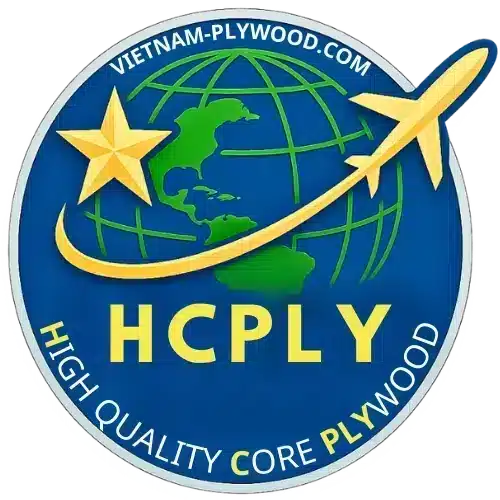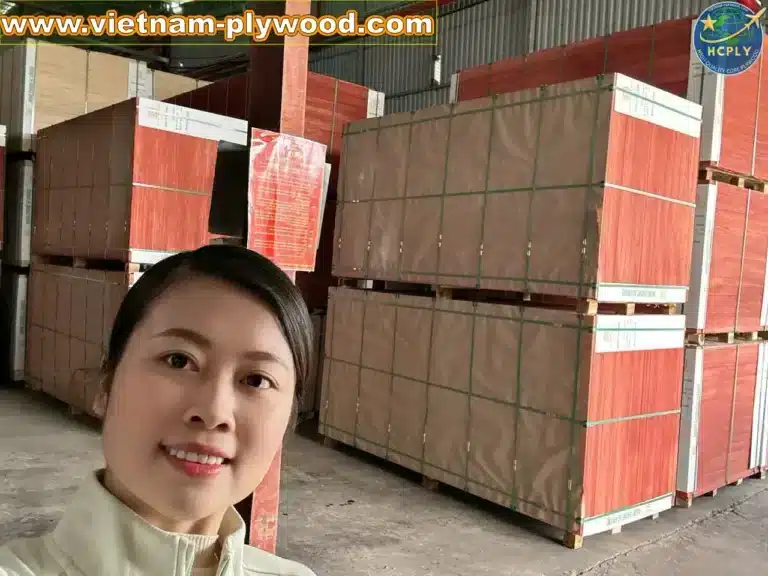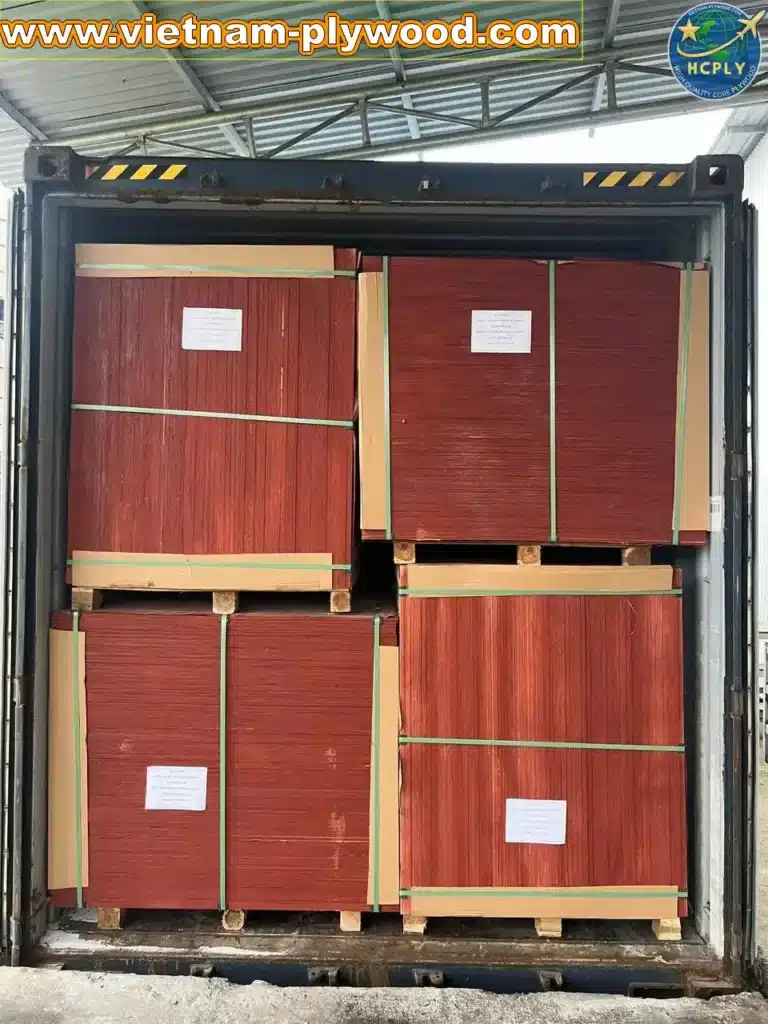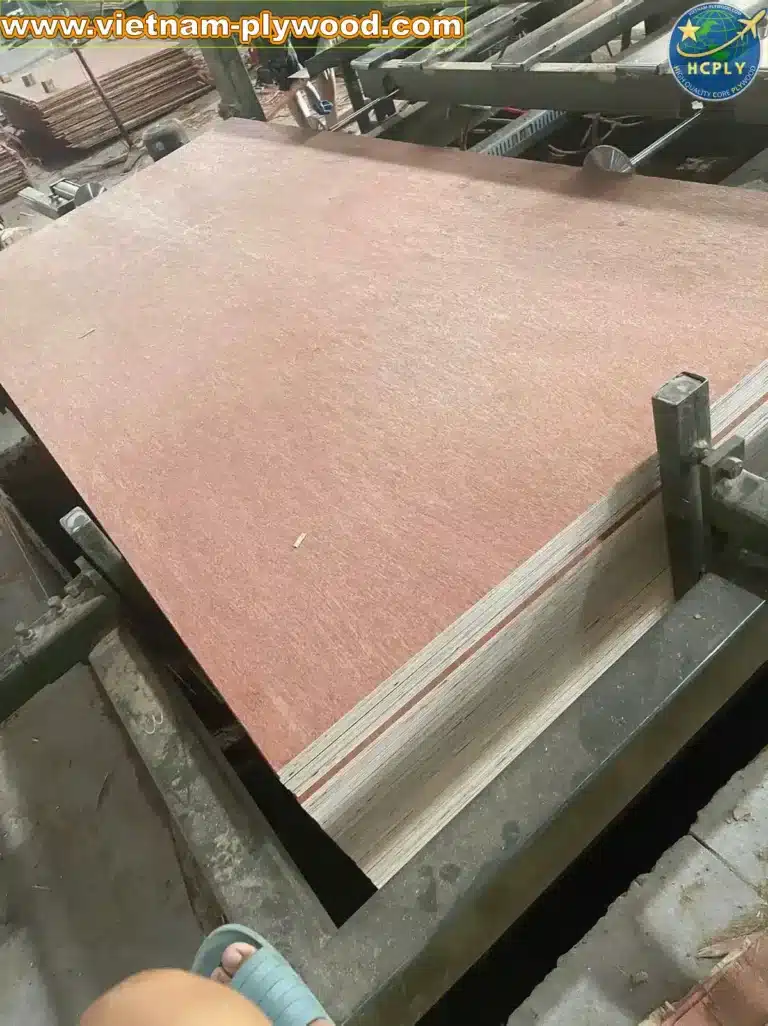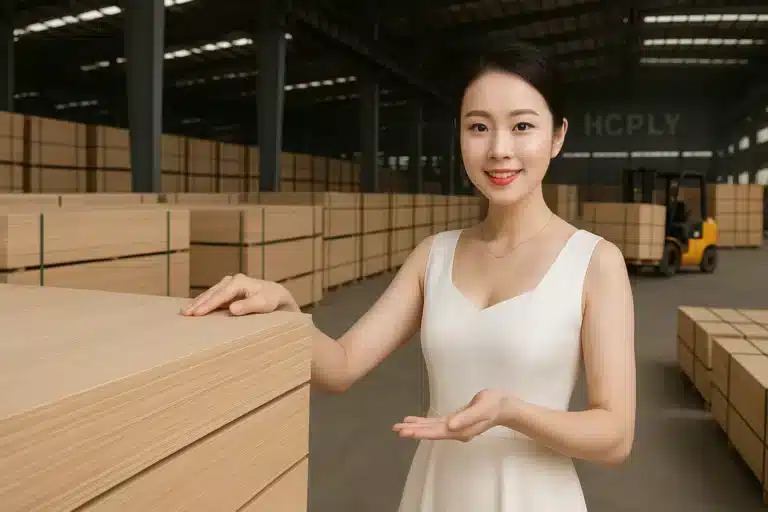CIF vs FOB Pricing for Vietnam Plywood – Which to Choose?


🏆 1 – Hey, Lucy from HCPLY Here!
Hello friends! Lucy here again from HCPLY, and today we’re tackling one of the most common questions from my international clients: CIF vs FOB Pricing for Vietnam Plywood — which is better for you?
I’ll break down the differences, share Vietnam plywood shipping terms in simple language, and give you practical tips to help you decide.
🎯 2 – What Is FOB Pricing?
FOB (Free On Board) means the seller is responsible for delivering the Vietnam plywood to the port of shipment and loading it onto the vessel. From that point onward:
- Buyer takes over – managing shipping, insurance, and inland delivery.
- Full control – you can choose your own freight forwarder and insurer.
- Best for experienced importers – especially those familiar with plywood export pricing and port operations.
💎 3 – What Is CIF Pricing?
CIF (Cost, Insurance, and Freight) covers:
- The cost of Vietnam plywood
- Marine insurance
- Freight to your destination port
The seller manages the shipping process, and you handle customs clearance and inland transport after the cargo arrives. This is often easier for new importers who are still learning about Vietnam plywood shipping terms.
📦 4 – Cost Comparison
- FOB: Often cheaper for experienced importers who can negotiate competitive freight rates.
- CIF: More convenient, but total plywood export pricing may be slightly higher because the supplier includes freight and insurance in their quote.
💡 Tip: Always compare FOB + your own freight costs with the CIF price to see which is better value.
🛠 5 – Risk Management
- FOB: You control the carrier and insurance, but any delay or damage after loading is your responsibility.
- CIF: Risk technically transfers after loading, but the seller arranges the insurance — which can make claims easier if there’s damage.
🔍 6 – Which Is Faster?
- CIF: Can be quicker if the supplier already has strong shipping connections.
- FOB: Can be faster if you have a forwarder ready and experienced in handling Vietnam port operations.
📌 7 – FAQ Inside the Guide
Q1: Which term is better for small orders?
CIF is usually better for smaller shipments, simplifying logistics.
Q2: Can I switch from CIF to FOB later?
Yes — many buyers start with CIF, then move to FOB once they gain logistics experience.
Q3: Which option offers more transparency in costs?
FOB gives clearer visibility into freight and insurance charges.
🌏 8 – My Real-World Advice
If it’s your first time importing Vietnam plywood, choose CIF for convenience.
Once you’ve built trust with a freight forwarder and understand customs procedures, FOB can reduce your overall plywood export pricing by leveraging your own logistics network.
🚀 9 – Final Words
At HCPLY, we offer both CIF and FOB pricing — giving you flexibility to choose what works best. Whether you’re shipping your first container or your fiftieth, our priority is smooth, cost-effective delivery.
📞 WhatsApp: +84-975807426
📧 Email: [email protected]
Let’s find the perfect shipping solution for your next Vietnam plywood order.
